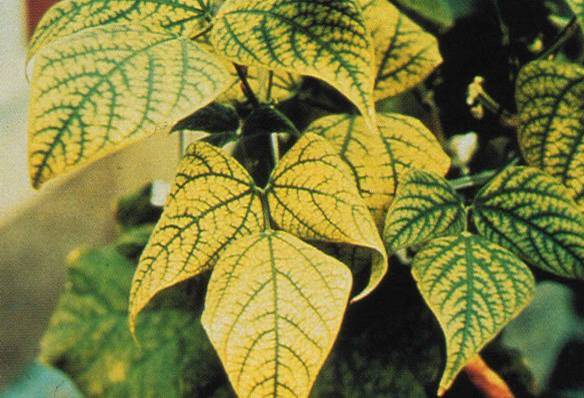Function and Deficiency symptom of Manganese in Plants
 |
Function of manganese in plants
i. Being a part of nitrite reductase and hydroxylamine reductase, manganese helps in the nitrogen assimilation.
ii. It activates several enzymes related to oxidation-reductions (oxidoreductase), hydrolysis (hydrolases) and breakdown of phosphates bonds in ATP or ligases.
iii. It activates photosynthesis and nitrogen metabolism. It also accelerates enzyme participating in calvin cycle.
iv. It helps in chlorophyll and chloroplast synthesis for boosting photosynthetic rates, and is essential for respiration.
Deficiency symptom of manganese in plants
The middle leaves develop interveinal small chlorotic patches and under continued deficiency the number increases resulting into chlorotic striping parallel to venation in cereals. These chiorotic spots become necrotic and turn red, brown or reddish brown. There are many physiological disorders termed as manganese deficiency diseases as:
i. Grey speck of oats: Middle and old leaves of oats develop small grey or buff coloured patches which are prominent near the margins and come up to slightly above the base. These patches convert into brown streaks of necrotic areas and leaves wither. The growth of both top and roots is stunted and grain yield becomes miserably poor.
ii. Speckled yellows of sugar beet: In this interveinal areas of sugar beet develop yellowish-green chlorotic mottled areas. The chlorotic areas turn into necrotic zones resulting into breaking of lamina. The leaf margins of such leaves roll upwards and turn into triangular or an arrow-shaped outline which remain upright.
iii. Marsh spot of peas: When plants of garden peas and other beans are affected with Mn deficiency at fruiting stage, the central part of the cotyledons become brown and necrotic which disintegrate and become hollow at later stages.
iv. Blight of sugarcane: The interveinal space of middle and young leaves of the affected sugarcane plants develop chlorotic stripes which first turn into necrotic spots and later into red stripes. These leaves split and dry later.